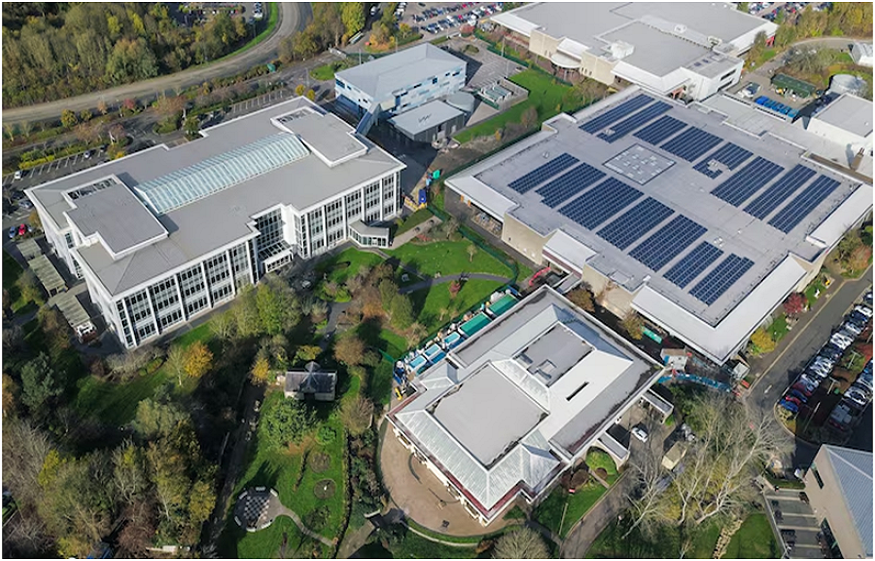The world is shifting toward cleaner energy, but that transformation needs more than wind turbines and solar panels. It needs smart storage. That’s where battery cell analysis comes into play. This process isn’t just about studying batteries—it’s about understanding how they work, fail, and perform under pressure. With renewable energy becoming mainstream, analyzing battery cells helps us store that energy more reliably and efficiently.
Role of Analysis in Renewable Integration
Renewable energy is clean but not constant. The sun doesn’t always shine, and wind doesn’t always blow. That’s why we need energy storage systems that can capture and release power on demand. The battery cell analysis helps design these systems to be responsive and reliable.
By examining cells, we learn how much energy can be stored and for how long. We also discover the ideal conditions for optimal performance. This data supports smarter decisions on how to manage fluctuating power input from renewables. In short, cell-level insights build the foundation for dependable renewable energy storage.
Improving Efficiency With Cell-Level Data
Efficiency in energy storage isn’t just about holding power—it’s about releasing it when needed without waste. Battery cell analysis provides detailed information on how cells respond to charging and discharging cycles. This knowledge helps minimize energy loss.
Engineers can use this data to match the right cell chemistry with specific use cases. For example, lithium-iron-phosphate cells might suit short-term grid balancing, while nickel-rich cells might work better for long-term storage. Without detailed analysis, these pairings would be guesswork. With it, they’re strategic choices.
Extending Lifespan of Storage Systems
Battery storage is expensive, and longevity matters. A key benefit of battery cell analysis is identifying signs of aging before they become problems. Cells degrade differently based on how they’re used, stored, and charged. Through analysis, we can predict how long a system will last and when maintenance is needed.
This isn’t just about squeezing more life out of a battery. It’s about planning. Knowing when performance will drop allows operators to schedule replacements or upgrades with minimal disruption. It reduces costs, avoids downtime, and improves overall system stability.
Safety and Reliability Through Better Monitoring
Safety is another major reason for thorough battery cell analysis. Cells can overheat, swell, or even catch fire if not properly monitored. Analysis detects early signs of these issues, such as unusual voltage drops or temperature spikes.
Modern energy storage systems often include real-time monitoring. This is only possible because we understand how cells behave in the first place. That understanding comes from deep analysis. By knowing what to look for, we can prevent problems before they escalate. That makes renewable storage not only efficient but also safe.
Scaling Up With Confidence
As renewable energy scales up, so must our storage capacity. That means building larger battery arrays—sometimes spanning entire buildings or grid systems. When you’re working at that scale, small issues can become big fast. Battery cell analysis helps maintain quality and performance at every level.
By evaluating individual cells during manufacturing and throughout their operational life, companies can ensure that large systems remain consistent. It also supports innovation. New materials, new chemistries, and new technologies all benefit from rigorous analysis. It’s how progress is measured and made.
Conclusion
Battery cell analysis is more than a technical process—it’s a bridge between innovation and implementation. As we move deeper into the era of renewable energy, storage becomes a make-or-break factor. Without reliable storage, clean energy can’t reach its full potential.



